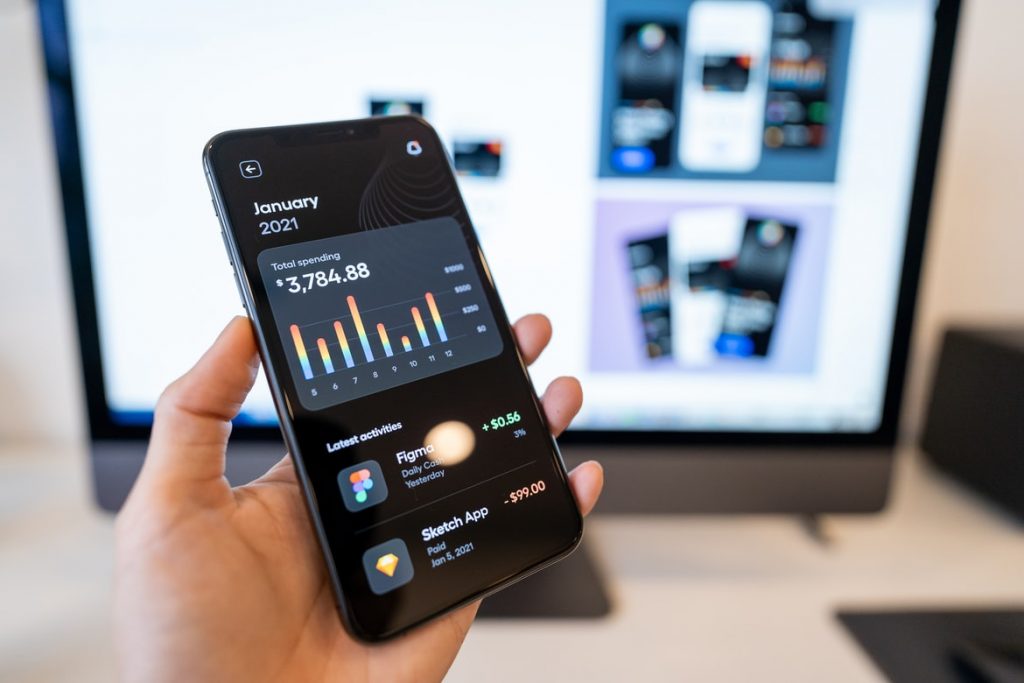Among other industries, banking and finance face cloud computing security threats most commonly. This industry deals with a lot of data, and most of all, money. This is why cyber attackers see them as a goldmine of data and opportunities.
In this post, let us consider the most common cloud computing security threats that mobile banking, in particular, faces.
Cloud Computing Security Threats in Mobile Banking
Online banking is one of the most common cloud computing security threats in banks. The very nature of this business type makes the bankers susceptible to hacking attempts on their web applications.
Nobody wants to lose their money. This is why hackers do not hesitate to attack banks on their online banking systems. As such, this industry is always looking for ways to protect its customers and its assets.
Mobile Banking and ATMs
When it comes to mobile banking and ATMs, there is not much difference between online banking and mobile banking threats. Except that mobile users face additional threats such as malware, GPS tracking, and geolocation tracking.
The allowance for third-party apps also makes mobile devices more susceptible to attacks than regular computers. And since mobile devices are portable, they can be stolen easily as well as lost or misplaced easily as well.
In addition, since they are small in size, they are convenient for attackers to use geolocation tracking that uses GPS to locate a device’s location from any other device. Attackers can also use geolocation tracking to pinpoint a user’s location using special software.
How to protect yourself:
1. Use SSL for Data Encryption
The use of a secure sockets layer (SSL) for data encryption is important as well as the establishment of a DMZ between the internet and the webserver. SSL helps prevent unencrypted sensitive data from being accessed by hackers while DMZ creates a protected environment for sensitive data on the server.
2. Username and Password Protection
To protect your mobile banking account, use secure usernames and passwords, don’t reuse your login credentials for different apps, and use complex passwords that are difficult to guess. Also, do not use the same password for all of your online accounts.
3. Use Two-Factor Authentication (MFA)
two-factor authentication (MFA) is a method of confirming user identity by utilizing something the user knows (such as a password) and something the user has (a token or code). MFA makes it more difficult for attackers to gain access to your accounts. And if you enable SMS or email-based MFA, it makes it even harder for attackers because they need to be near you to access your accounts.
4. Use Anti-Virus Software
The use of anti-virus software products is important to ensure that your device can detect any threats. This software should also be updated regularly.
Conclusion:
Cloud computing security threats are real. They can compromise your sensitive data. They can even compromise your information technology infrastructure. To protect these assets, you need to consider the above cloud computing security threats for banks so you can mitigate them.

